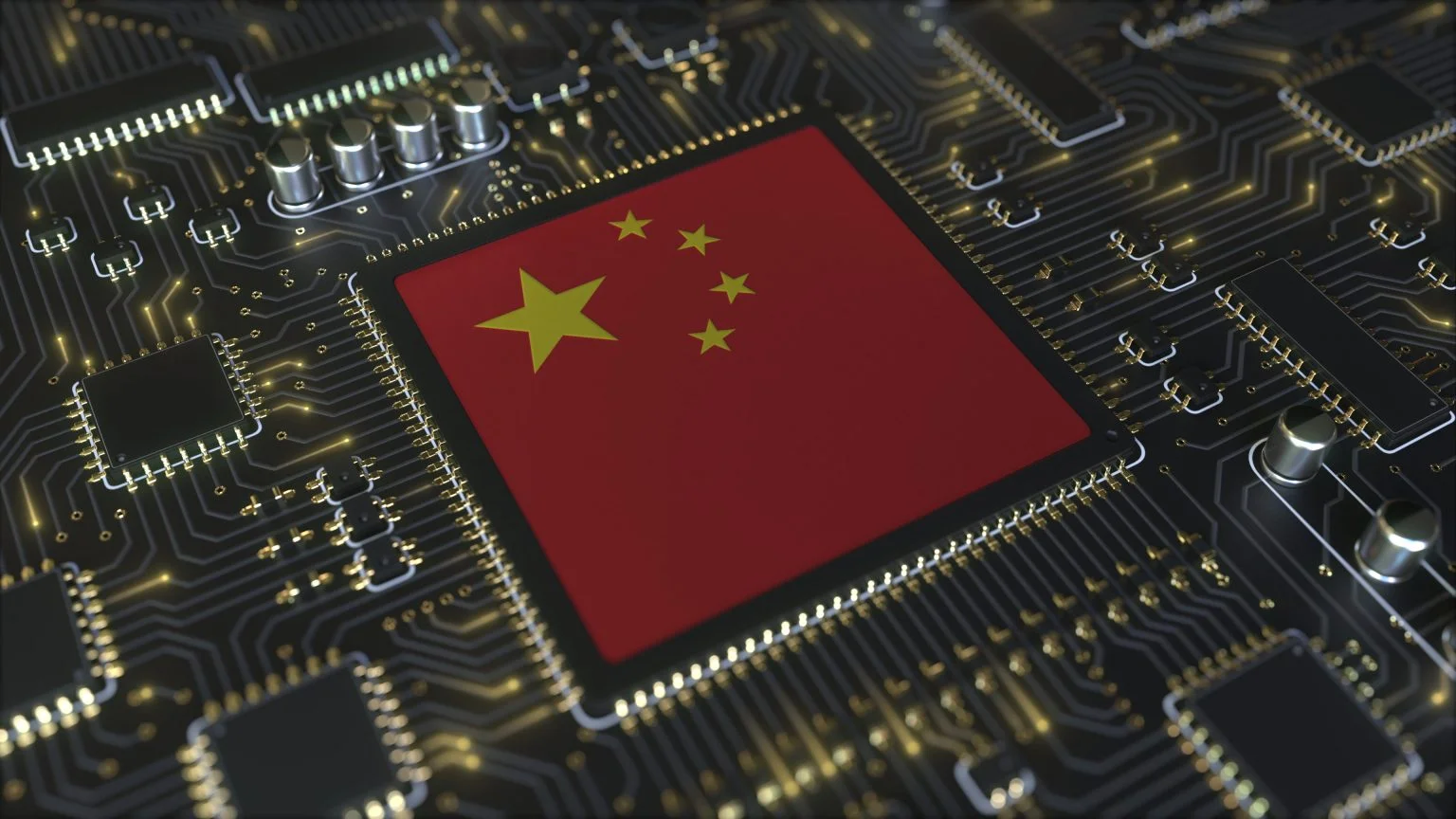In a groundbreaking leap for artificial intelligence (AI) technology, researchers in Beijing have introduced the world’s first fully optical AI processor, the Taichi-II chip. This cutting-edge chip is not only a technological marvel but also a game-changer in the field of energy-efficient computing. Surpassing NVIDIA H100 GPU, a renowned leader in the industry, the Taichi-II chip promises to redefine the standards of performance and efficiency in AI hardware.
A Closer Look at the Taichi-II Chip
The Taichi-II chip stands out as a monumental achievement in the realm of AI technology. Unlike traditional chips that rely on electronic signals, Taichi-II operates entirely on light, drastically reducing energy consumption. This innovative approach has led to a six orders of magnitude improvement in energy efficiency, particularly in low-light imaging scenarios. Additionally, the chip offers a 40% accuracy boost in classification tasks compared to the NVIDIA H100, solidifying its position as a superior alternative.
One of the most remarkable aspects of the Taichi-II chip is its novel training method, known as Fully Forward Mode (FFM) learning. This method allows for parallel processing directly on the optical chip, eliminating the need for data transfer between components and further enhancing efficiency.
Taichi-II: Ushering in a New Era of AI Technology
The introduction of the Taichi-II chip marks a significant evolution from its predecessor, the original Taichi chip. Earlier this year, the original Taichi chip set impressive records, surpassing the NVIDIA H100 in energy efficiency by over a thousandfold. The newly unveiled Taichi-II builds upon this foundation, offering even greater advancements in performance across a variety of applications.
Developed by Professors Fang Lu and Dai Qionghai from Tsinghua University, the Taichi-II chip was officially revealed on August 7, 2024. This breakthrough is poised to transform AI training and modeling, thanks to its cutting-edge optical technology.
The Advantages of Optical Computing with Taichi-II
The Taichi-II chip’s reliance on optical processes rather than electronic-based methods represents a significant shift in AI computing. Optical computing, which uses light to perform calculations, offers numerous advantages over traditional electronic computing, including higher speeds, lower energy consumption, and reduced heat generation.
Some of the key advancements of the Taichi-II chip include:
- Training Speed: The chip accelerates the training of optical networks with millions of parameters, significantly reducing the time required for complex computations.
- Accuracy Improvement: The chip has demonstrated a 40% increase in accuracy for classification tasks, making it a highly effective tool for AI applications.
- Energy Efficiency: In low-light imaging scenarios, Taichi-II’s energy efficiency surpasses traditional methods by six orders of magnitude, setting a new benchmark for AI hardware.
These enhancements highlight the chip’s potential to revolutionize the industry and establish new standards for performance and energy efficiency.
The Technology Behind Taichi-II: Understanding Optical Computing
To fully appreciate the significance of the Taichi-II chip, it’s essential to understand the core concepts behind optical computing. Unlike traditional electronic computing, which relies on electrical signals and the movement of electrons, optical computing uses light to perform calculations. This shift from electricity to light offers several key advantages:
- High Speed: Photons, the particles of light, travel at incredibly high speeds, enabling faster data processing and transmission than electrons.
- Low Energy Consumption: Optical components consume less power compared to their electronic counterparts, making them more energy-efficient.
- Parallel Processing: Optical computing allows for massive parallel processing, handling multiple tasks simultaneously with ease.
- Reduced Heat Generation: Optical components produce less heat, improving system reliability and reducing the need for cooling systems.
Fully Forward Mode (FFM) Learning: A Game-Changing Approach
A standout feature of the Taichi-II chip is its use of Fully Forward Mode (FFM) learning. This innovative method allows for high-precision training directly on the optical chip, enabling parallel processing of machine learning tasks. FFM learning leverages high-speed optical modulators and detectors, offering performance that could potentially surpass traditional GPUs in accelerated learning scenarios.
According to Xue Zhiwei, lead author of the study and a doctoral student, FFM learning supports large-scale network training with exceptional accuracy. This technology not only enhances the capabilities of optical computing but also opens new possibilities for AI, shifting optical computing from theoretical to practical, large-scale applications.
Strategic Implications and Future Prospects
The unveiling of the Taichi-II chip comes at a strategically important time, particularly in light of recent geopolitical developments. With the United States imposing restrictions on China’s access to advanced GPUs for AI training, the Taichi-II chip offers a viable alternative that could help China maintain its momentum in AI development despite these limitations.
Furthermore, the chip’s introduction is timely given reports suggesting that NVIDIA’s high-tech AI chips may be reaching Chinese military officials. The Taichi-II chip’s advanced performance and availability could play a crucial role in China’s technological advancements and defense capabilities, making it a significant player in the global AI landscape.
Conclusion: Taichi-II and the Future of AI Technology
The Taichi-II chip represents a major milestone in the evolution of AI hardware. With its exceptional energy efficiency, advanced performance, and groundbreaking use of optical computing, Taichi-II sets a new standard for what AI technology can achieve. As research and development continue to push the boundaries of optical computing, the Taichi-II chip serves as a powerful example of the remarkable progress being made in the field.
In a rapidly changing tech landscape, the Taichi-II chip not only highlights the potential of optical computing but also offers a strategic alternative in the face of geopolitical challenges. As the world continues to grapple with the implications of AI technology, the Taichi-II chip stands out as a beacon of innovation and progress, paving the way for the next generation of AI hardware.


